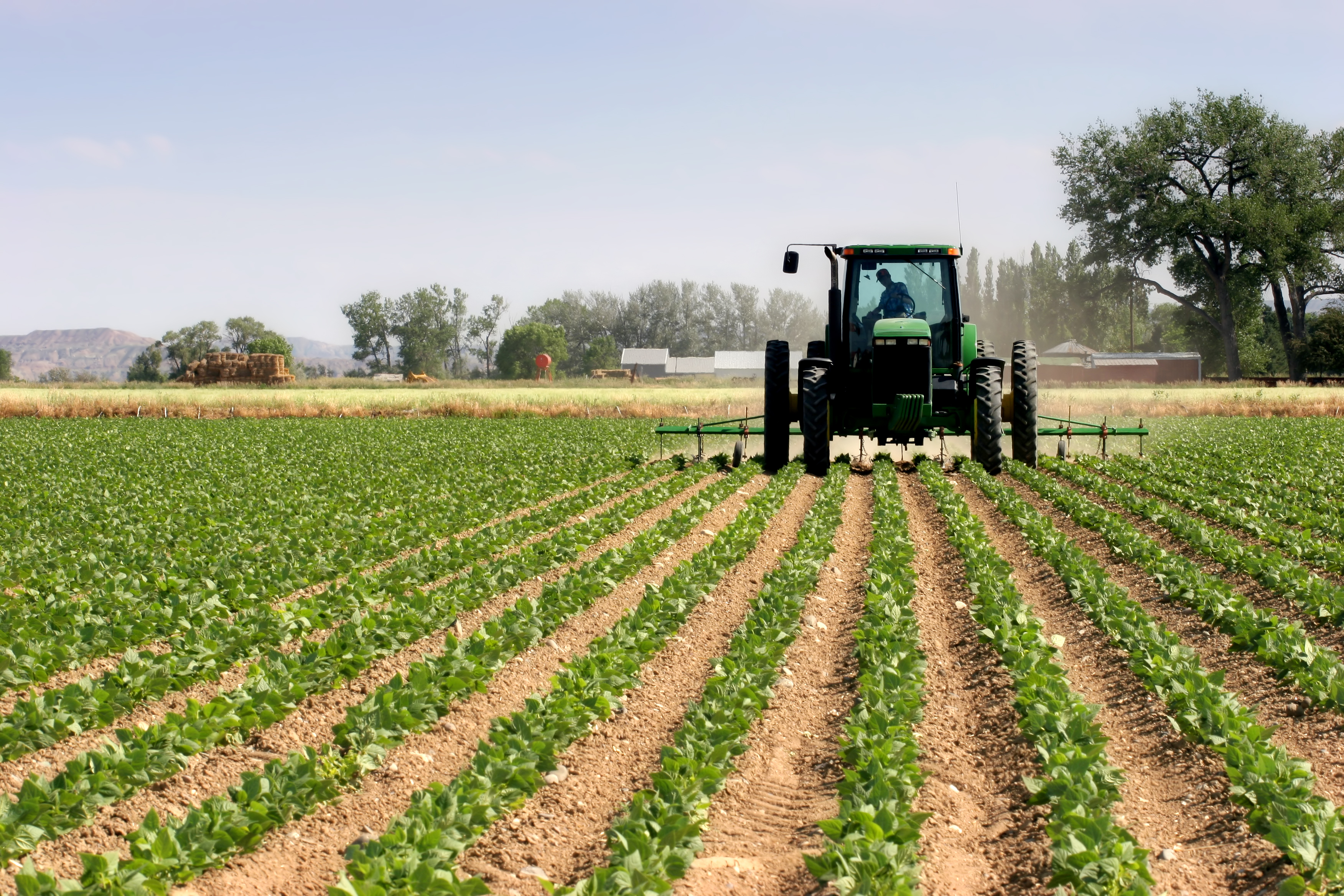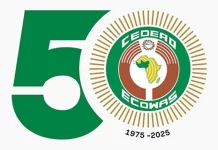

Envisage for a second the impact of a $1trillion African agribusiness sector on the lives of Ghanaians and other Africans. Currently worth about $313bn, the sector already provides jobs for 70% of the poorest people on the continent.
An increase greater than threefold will bring jobs to lift millions out of poverty; most stomachs will be filled with nutritious meals, Africa’s agricultural exports will dominate global markets, and the continent’s farmers, who have borne the brunt of harsh economic conditions, will get a new lease of life as they become competitive in the global marketplace.
This is not an unreachable dreamland. A World Bank report published in March 2013 argues that it could soon be a reality. The report, Growing Africa: Unlocking the Potential of Agribusiness, projects that African agribusiness could be worth $1trillion by 2030. It’s the latest in a string of positive reports about the continent’s socio-economic development prospects, despite political instability in a handful of countries.
Ghana and Senegal are forging ahead with rice production. Zambia’s 88m hectares of available land are said to be quite suitable for maize whiles Ghana, Côte d’Ivoire and Nigeria already account for two thirds of the world’s cocoa.
There is abundant water and land, increasing private sector investment and political commitment, all of which provide flickers of hope for a sector under revival. The World Bank says an African agribusiness sector is not just important for the sake of Africa but “essential for ensuring global food security.”
No magic wand
But no magic wand will cause a $313bn agribusiness sector to grow into a $1trillion behemoth. The World Bank cautions that everyone will have to work hard – governments, the private sector, farmers, and so on.
However, the elements for a pole-vault jump are in place. For example, in addition to huge, untapped water resources, Africa has more than 50% of the world’s fertile and unused land – that’s a whopping 450m hectares. The continent uses only two per cent of its renewable water resources, while the global average is five per cent. The steady and increasing private sector interest in African agribusiness is just the icing on the cake.
Also, while global prices of agricultural commodities are rising due to increasing demand, supply of these commodities is slowing due to factors like land degradation and water scarcity in many countries, especially in Asia.
“Water scarcity has become a major constraint because of competition from rapidly growing industrial sectors and urban populations,” states the Word Bank. Yet Africa has both water and land in abundance.
At first glance, the World Bank report paints a glowing – even celebratory – picture of African agribusiness prospects. But the report also rigorously highlights many stubborn and recurring obstacles in the path of development progress.
It states that: “to generate the jobs, incomes and food so badly needed for Africa’s growing population over the next 20 years, agro industries need to undergo a structural transformation”, and it calls for more concerted investment in the sector.
Infrastructural needs
African agribusiness desperately needs improved infrastructure. “Infrastructure is a high priority for jump starting agribusiness throughout Africa. Best bets for infrastructure are irrigation, roads and markets,” according to the report.
In 2010, for instance, Africa produced 1,300kg of cereals per hectare of arable land, which was about half of what South Asia produced per hectare, according to the World Bank. A major reason for that low production is African countries’ low percentage of irrigated arable land, only three per cent on average compared to a 47% average for Asian countries, states the Food and Agriculture Organisation. On top of that, a lack of rural roads impedes farmers’ access to markets and increases post-harvest losses.
Although increased financing is needed in the agribusiness sector, there have been improvements lately, notes the report. Even so, only seven per cent of Africa’s agriculture comes from foreign direct investments, compared to 78% for Asia.
The good news is that due to rising commodity prices, “the appetite is growing among investors, private equity, and investment and sovereign funds to tap into Africa’s agriculture and agribusiness markets”.
Partially because of the lack of infrastructure and investment, a continent with half of the world’s fertile land spends $33bn on food imports annually, including $3.5bn on rice imports. Gone are those years, in the early 1990s, when sub-Saharan Africa was a net exporter of agricultural products. Currently, imports are as much as 30% greater than exports.
The report suggests it should be astonishing that developing countries such as Brazil, Indonesia and Thailand export more food products than all of sub-Saharan Africa combined.
“The value of agricultural exports from Thailand (a country of 66m people) now exceeds that of all sub-Saharan Africa (a region of 800m people),” the report stated.
This situation is not sustainable, says Gaiv Tata, the World Bank director for financial and private sector development in Africa. “African farmers and businesses must be empowered through good policies, increased public and private investments and strong public-private partnerships.”
African leaders face the challenge
It’s not as if African leaders need any convincing about the need for more investments in agriculture, but more actions must match their words. In 2003, the New Partnership for Africa’s Development (NEPAD), an African Union framework for the continent’s socioeconomic development, launched the Comprehensive Africa Agriculture Development Programme (CAADP) “to eliminate hunger and reduce poverty through agriculture.”
By signing on to CAADP, most African governments agreed to invest at least 10% of their national budgets in agriculture and to raise agricultural productivity by at least six per cent.
Through CAADP, Africa is slowly but steadily moving forward. Countries such as Ghana, Ethiopia, Rwanda and others have placed agriculture at the top of their development priorities list. Martin Bwalya, the head of CAADP, says that over the past years, 40 countries have either signed the compact or finalised investment plans while 13 others have yet to sign up to CAADP.
However, the NEPAD 2014 report highlights that just nine out of Africa’s 54 countries have met the target of 10% of budget allocation, while another group of nine are currently spending between five per cent and 10%.
To commemorate 10 years of CAADP, African leaders declared 2014 the year of agriculture and food security in Africa. With African agriculture growing at four per cent, the leaders hope to build on that momentum in the coming years.
Even these modest gains are commendable, analysts believe. They are a “strong contrast to what many acknowledge to be inadequate or even nonexistent national strategies that previously governed Africa’s agricultural sector”, according to the Brookings Institution, a Washington-based think tank.
Hennie van der Merwe, CEO of the South Africa-based Agribusiness Development Corporation, adds that “Africa is currently experiencing a revival in terms of its focus on agribusiness, not only to increase food self-sufficiency, but also to create jobs and economic activity, specifically in rural areas”.
The World Bank concurs: “Côte d’Ivoire, Kenya and Zimbabwe all have been successful exporters in terms of market share… Ethiopia, Ghana, Mozambique and Zambia stand out as African success stories in terms of significant increases in export market shares since 1991.”
Land problems in Africa
Political commitment and investment aside, another lingering problem is land allocation and acquisition. Farmers in many countries cannot expand their farming because they have limited access to land, and discriminatory laws sometimes prevent women from gaining ownership.
The World Bank report addresses the need for judicious and equitable land allocations, stressing that such allocations shouldn’t threaten people’s livelihoods. Land purchases also need to follow ethical standards. For example, buyers should pay fair market rates after consultation with local communities.
In 2011, the Oakland Institute, a US-based think tank, reported unfair land deals in South Sudan, under which foreign companies bought up fertile and mostly uncultivated land. Such deals did not clarify land tenure and usage, and worse, even threatened the land rights of rural communities.
“Governments and investors must also put in place effective environmental and social safeguards to reduce potential risks of agribusiness investments, especially those associated with large-scale land acquisitions by investors,” the institute advised.
Taking the ICT route
Experts generally agree that technology, particularly information and communication technology (ICT), will boost agriculture. In an earlier report titled ICT for Agriculture in Africa, the World Bank listed ways in which ICT could support agriculture at every stage: pre-cultivation (crop and land selection, access to credit, etc.) crop cultivation and harvesting (land preparation, management of water, fertiliser and pest control, etc.) and post-harvest (marketing, transportation, packaging, food processing, etc.).
Geographical information systems can be used for land-use planning and climate change adaptation, for example, the Bank stated.
Already farmers in Kenya and Zimbabwe have deployed ICT in ways that have increased their income and productivity. Charles Dhewa, a Zimbabwean communication specialist, in 2012 launched eMkambo, an integrated virtual market where farmers and buyers share knowledge and transact business by means of mobile phones.
Farmers are also using ICT in other ways: to share new production processing and marketing skills in Burkina Faso; to trace mangoes via a system that connects Malian farmers to global consumers; to garner important information that improves forest governance in Liberia; to provide SMS-based services developed by Zambia’s National Farmers Union.
The World Bank says such ICT initiatives have been successful in part because “real economic value was added either because of savings resulting from the use of ICT or an increase in revenue or profitability”.
Such is the importance of ICT to agriculture that in 2011 the International Fund for Agricultural Development, the UN agency dedicated to poverty eradication in developing countries, called for policy innovations to make technology the main driver of African agriculture. There is still some distance to cover to realise the dream of a $1trillion agribusiness.



























